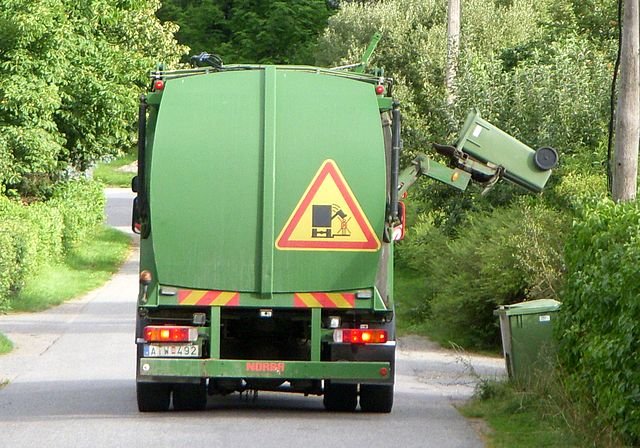Sweden is considered as a global leader in sustainable waste management and in the reduction of per capita carbon footprint. The country consistently works to lower its greenhouse gas emissions, improve energy efficiency and increase public awareness. Over the past 10 years, Sweden developed methods of repurposing waste, so less than one percent of the total waste generated in the country makes it to landfills. To accomplish this, the country changed their perspective of garbage.
Increase Recycling
Recycling is a part of Swedish culture. Residents regularly sort recyclable materials and food scraps from other waste in their homes before disposal. This streamlines the recycling process and reduces the effort required to sort large volumes of waste at larger recycling centers. As another way to promote recycling, the Swedish government created legislation stating recycling centers must be within 1,000 feet of residential areas. Conveniently located facilities encourage citizens to properly dispose of their waste.
Repurpose Materials
Citizens are also encouraged to reuse or repurpose materials before recycling or disposing of them. Repurposing and reusing products requires less energy when compared to the recycling or waste disposal process. As Swedes use more repurposed products, they reduce the volume of new products they consume which are created from fresh materials. In turn, the country preserves more of its resources.
Invest in Waste to Energy
Over 50 percent of the waste generated in Sweden is burned in waste-to-energy facilities. The energy produced by these facilities heats homes across the country during the long winter months. Localized heating — known as district heating — has improved air quality throughout the nation. It’s easier and more economical to control the emissions from several locations as opposed to multiple, smaller non-point sources.
Another benefit of waste-to-energy facilities is that ash and other byproducts of the burning process can be used for road construction materials. As a whole, Sweden doesn’t create enough waste to fuel its waste to energy plants — the country imports waste from its neighbors to keep its facilities going.
In the early 1990’s, the Swedish government shifted the responsibility for waste management from cities to the industries producing materials which would eventually turn to waste. To promote burning waste for energy, the government provides tax incentives to companies which make more economically attractive.
Impact of Waste-to-Energy
Although Sweden has eliminated the volume of trash entering landfills, they have increased their environmental impacts in other ways. Waste-to-energy facilities are relatively clean in that most harmful byproducts are filtered out before entering the environment, though they still release carbon-dioxide and water as their primary outputs. On average, waste-to-energy plants generate nearly 20 percent more carbon-dioxide when compared to coal plants.
Coal plants burn and release carbon which is otherwise sequestered in the ground and unable to react with the earth’s atmosphere. Waste-to-energy facilities consume and release carbon from products made of organic materials, which naturally release their carbon over time. The downside to this process is that it frees the carbon from these materials at a much faster rate than it would be naturally.
The reliance on the waste-to-energy process to generate heat and the tax incentives may lower Swedish motivation to recycle and reuse materials. The country already needs to import trash to keep their waste-to-energy plants running regularly. Another disadvantage of this process is the removal and destruction of finite materials from the environment.
Even though Sweden continues to make strides in lowering their environmental impact as a whole, they should reevaluate their reliance on waste to energy facilities.






